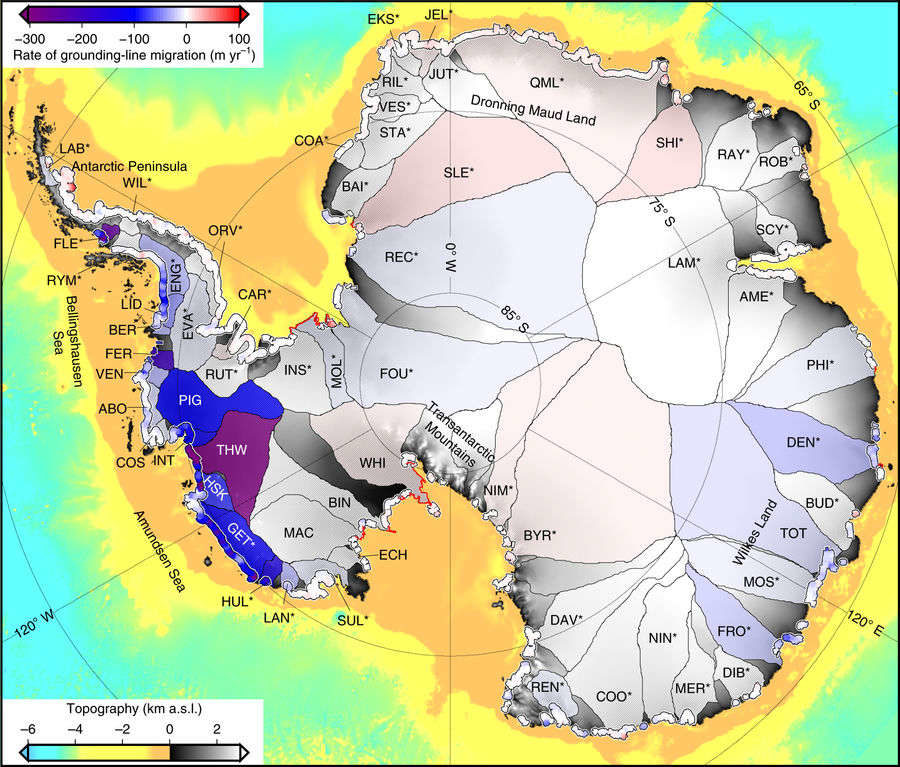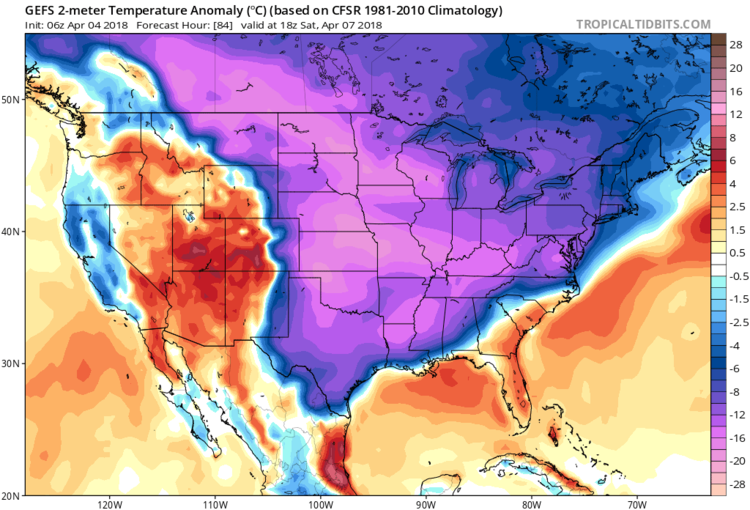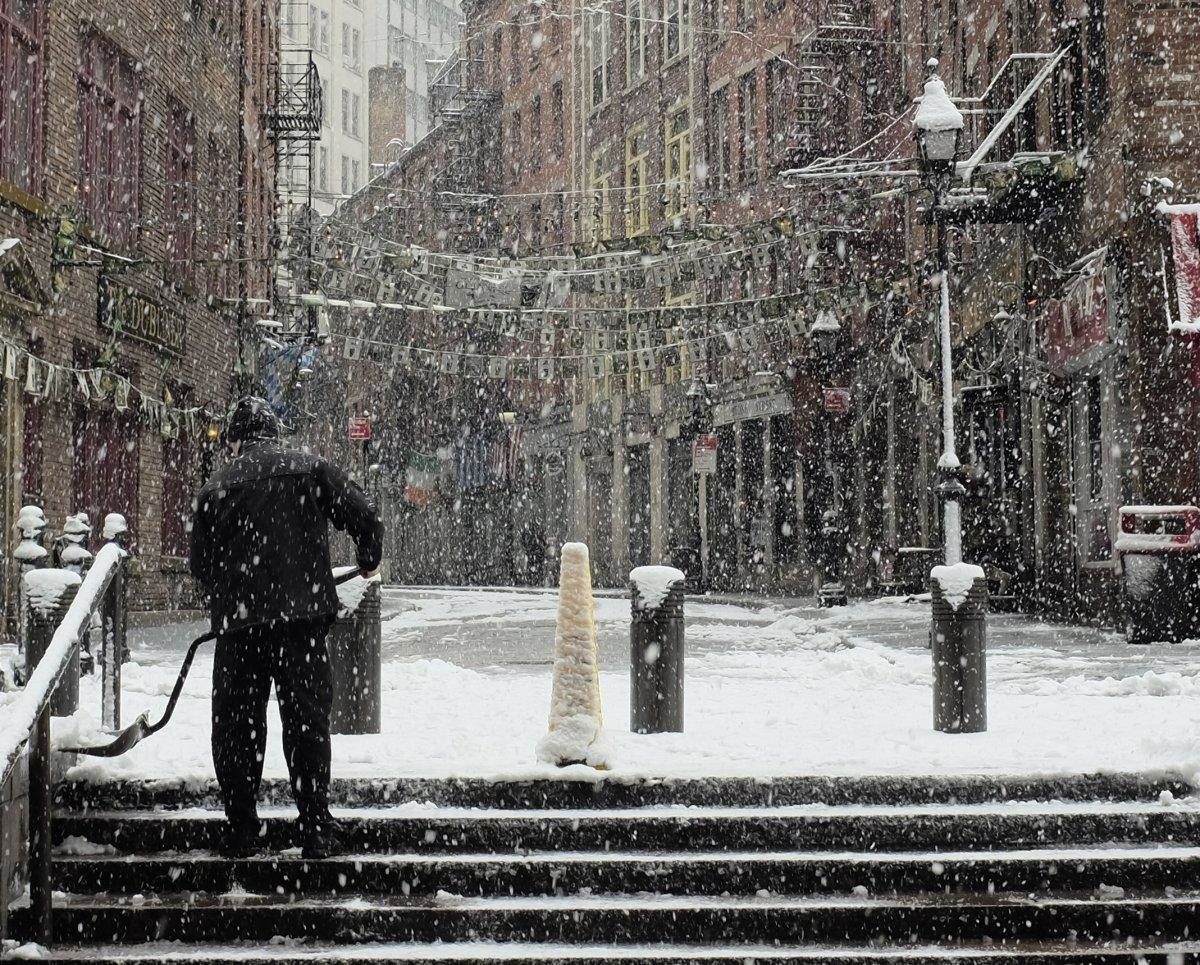
© Konrad et al/Nature GeoscienceThe major glaciers of Antarctica, and the speed with which their grounding line is retreating.
The most extensive study of Antarctic glaciers yet conducted has some bad, if not surprising, news.
An area the size of Greater London has melted from the underside of southern ice sheets in just six years. The finding confirms suspicions Antarctic ice loss is well under way, and future sea level rise will be very hard to stop.
Antarctica is surrounded by a mix of sea ice formed on water, and ice shelves. Ice shelves also float, forming when a glacier is buoyant enough that its front end rests on water rather than solid ground. The point where the glacier last touches rock beneath the waterline is known as the "grounding line", and depends on both coastal terrain, and the thickness of ice at that point. Consequently, movement of the grounding line can reveal changes in the underside of the ice shelf, something that is very hard to measure.
Getting into scuba gear and measuring the location of Antarctic grounding lines in person has certain drawbacks, so
Dr Hannes Konrad of the University of Leeds used satellite observations of ice altitude and the way water beneath the ice induces surface movement to reveal the shifts in grounding lines for Antarctica's 65 largest glaciers and ice sheets between 2010 and 2016.
The movement has not been consistent, Konrad and co-authors report in
Nature Geoscience, both because of local terrain and shifts in ocean currents. However, some glaciers have experienced dramatic movement backwards, indicating substantial thinning of the ice. Previous studies have measured just a third of Antarctica's coastline, providing a very incomplete picture.
"Our study provides clear evidence that retreat is happening across the ice sheet due to ocean melting at its base, and not just at the few spots that have been mapped before now," Konrad said in a
statement. "This retreat has had a huge impact on inland glaciers, because releasing them from the seabed removes friction, causing them to speed up and contribute to global sea level rise."




Comment: Winter in the US has been brutal, but it's reflective of a much wider trend: